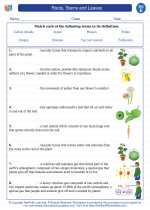Symbiosis
Symbiosis is a biological interaction between two different species, where they live in close physical proximity to each other. These interactions can be mutualistic, commensal, or parasitic.
Mutualism
Mutualism is a type of symbiotic relationship where both species benefit from the interaction. An example of mutualism is the relationship between bees and flowers. Bees benefit from the nectar and pollen of the flowers, while the flowers benefit from the pollination done by the bees.
Commensalism
Commensalism is a type of symbiotic relationship where one species benefits and the other is neither helped nor harmed. An example of commensalism is the relationship between barnacles and whales. Barnacles attach themselves to the skin of whales, getting a free ride and access to food particles in the water, while the whales are generally unaffected by their presence.
Parasitism
Parasitism is a type of symbiotic relationship where one species benefits at the expense of the other. An example of parasitism is the relationship between ticks and mammals. Ticks feed on the blood of mammals, weakening and harming the host animal.
Study Guide
- Define symbiosis and give an example of each type of symbiotic relationship.
- Explain the benefits and drawbacks of symbiotic relationships for each species involved.
- Compare and contrast mutualism, commensalism, and parasitism, including their effects on the populations of the species involved.
- Research and present a case study of a specific symbiotic relationship found in nature, including the ecological impact of this relationship.
- Create a visual representation, such as a poster or infographic, illustrating different examples of symbiotic relationships.
◂Science Worksheets and Study Guides Fifth Grade. Roots, Stems and Leaves
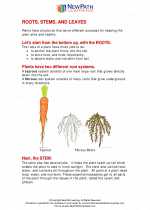
 Activity Lesson
Activity Lesson
 Worksheet/Answer key
Worksheet/Answer key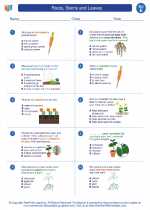
 Worksheet/Answer key
Worksheet/Answer key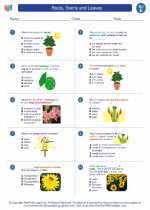
 Worksheet/Answer key
Worksheet/Answer key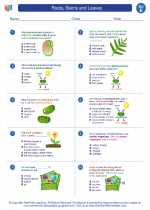
 Worksheet/Answer key
Worksheet/Answer key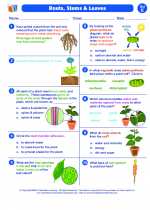
 Vocabulary/Answer key
Vocabulary/Answer key
 Vocabulary/Answer key
Vocabulary/Answer key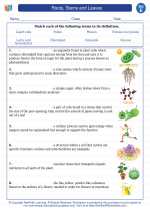
 Vocabulary/Answer key
Vocabulary/Answer key